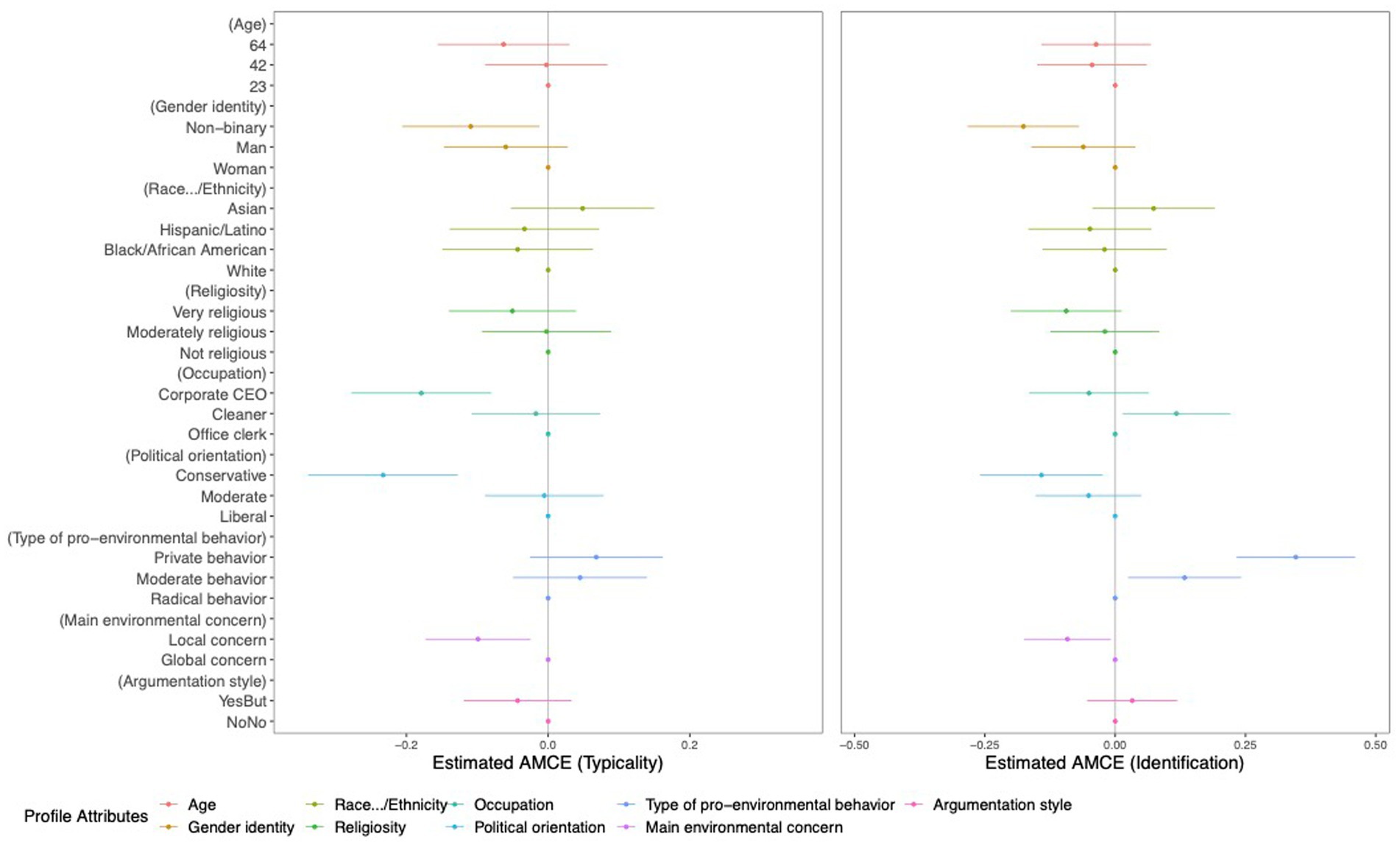The Societal Impacts of Climate Change: The Phenomenon and Prevalence of Climate Anxiety – Hungarian Conservative

Report on Climate Anxiety and its Intersection with Sustainable Development Goals
Introduction: A Threat to Well-being and Climate Action
Climate anxiety, a significant psychological and social phenomenon, is emerging as a critical barrier to achieving the Sustainable Development Goals (SDGs), particularly SDG 3 (Good Health and Well-being) and SDG 13 (Climate Action). Defined as a persistent fear and worry concerning the consequences of climate change, this condition disproportionately affects young people, with a 2021 study indicating that 59 per cent of individuals aged 16-25 are extremely worried. This emotional response, if unaddressed, can transition from a motivator for action into a source of enduring mental health challenges, thereby undermining the core tenets of SDG 3. This report analyses the drivers, prevalence, and societal implications of climate anxiety through the framework of the SDGs.
The Phenomenon of Climate Anxiety in the Context of Global Goals
Defining the Challenge to Mental Health (SDG 3)
Climate anxiety represents a multifaceted psychological burden on societies, directly impacting the targets of SDG 3. It is not a formal clinical diagnosis but manifests as a complex emotional response to the climate crisis. Key characteristics include:
- Feelings of hopelessness, helplessness, and guilt about the future.
- Persistent fear and worry caused by the perceived and actual effects of climate change.
- An emotional state often referred to as ‘eco-anxiety’ or ‘climate-related worry’.
The phenomenon is a symbolic symptom of a broader existential crisis, reflecting a societal loss of faith in a secure and sustainable future.
Generational Disparity and the Need for Inclusive Institutions (SDG 16)
The prevalence of climate anxiety is highest among younger generations, who face a duality of immense perceived responsibility and limited agency to influence policy. This dynamic highlights a disconnect with SDG 16 (Peace, Justice and Strong Institutions), as many young people feel their voices are not heard by older generations or incorporated into decision-making processes. The resulting anxiety becomes paralysing when not accompanied by opportunities for meaningful action, underscoring the need for inclusive governance structures that empower youth to contribute to climate solutions.
Global Prevalence and Statistical Overview
International Data on Climate Concern
Recent surveys illustrate the widespread nature of climate-related worry, which has significant implications for global well-being and policy priorities.
- A Eurobarometer survey found that 77 per cent of EU citizens consider climate change a highly serious issue affecting their daily lives and health.
- Data from the BBC revealed that online searches for “climate anxiety” were 27 times higher in 2023 than in 2017.
- A 2024 Yale survey showed that 63.3 per cent of US adults are worried about global warming, an increase from 51 per cent in 2010.
Geographical and Social Variations
The distribution of climate anxiety is not uniform, reflecting varying levels of vulnerability and awareness, which relates to goals such as SDG 11 (Sustainable Cities and Communities) and SDG 4 (Quality Education).
- Concern is notably higher in coastal and metropolitan areas, such as San Francisco (82.3 per cent), which face more immediate climate risks.
- Higher levels of education and liberal political views correlate with greater concern, suggesting that climate literacy, a component of SDG 4, is a key factor.
Primary Drivers of Climate Anxiety
Tangible Environmental Impacts (SDG 13)
The primary driver of climate anxiety is the direct experience and anticipation of environmental changes resulting from insufficient progress on SDG 13 (Climate Action). These tangible threats create existential questions for younger generations and include:
- Increasingly hot summers and milder winters.
- Uncertainties in water supply and periods of drought.
- Extreme weather events such as storms and flash floods.
Communication, Consumption, and Social Context (SDG 12)
The narrative surrounding climate change and consumption patterns also plays a crucial role. While marketing messages promoting recyclable packaging and sustainable products reflect a growing awareness related to SDG 12 (Responsible Consumption and Production), a persistently negative or overly aggressive environmental narrative can amplify anxiety. Overly politicized communication may foster disengagement rather than commitment, hindering the collective action needed to achieve the SDGs.
Conclusion: An Integrated Approach for a Sustainable Future
Climate anxiety is a critical societal signal at the intersection of environmental degradation and public health. Addressing it requires an integrated strategy that advances multiple SDGs simultaneously. The solution lies not only in mitigating climate change through robust implementation of SDG 13 but also in strengthening mental health support systems (SDG 3) and building inclusive institutions that empower individuals, especially youth (SDG 16). Framing climate change as a solvable challenge, rather than an inevitable catastrophe, is essential for fostering constructive action and safeguarding the well-being of current and future generations.
1. Which SDGs are addressed or connected to the issues highlighted in the article?
SDG 3: Good Health and Well-being
- The article extensively discusses “climate anxiety” as a significant mental health issue, particularly among young people. It states that for 59% of young people, worry about climate change “affects their daily well-being” and can “lead to enduring mental-health challenges.” This directly connects the environmental crisis to human health and psychological well-being, a core component of SDG 3.
SDG 13: Climate Action
- The entire phenomenon of climate anxiety, as described in the article, is a direct emotional and psychological response to the threats of climate change. The article identifies drivers such as “heatwaves, unusual weather patterns, or water scarcity” and “extreme weather events such as storms, droughts, or flash floods.” It also highlights the need for solutions and action, which is the central theme of SDG 13.
SDG 4: Quality Education
- The article touches upon the role of information, awareness, and communication in shaping public perception of climate change. It mentions how younger generations have been “socialized in a global information space” and confronted the issue from an early age. It also critiques certain communication styles, noting that “a persistently negative and unduly radical environmental narrative can also amplify climate anxiety.” This relates to the quality and effectiveness of education and awareness-raising efforts concerning sustainable development.
2. What specific targets under those SDGs can be identified based on the article’s content?
SDG 3: Good Health and Well-being
- Target 3.4: By 2030, reduce by one third premature mortality from non-communicable diseases through prevention and treatment and promote mental health and well-being.
- The article’s focus is on climate anxiety as a growing mental health concern that is not yet a “clinical diagnosis” but can “escalate into significant mental and health issues if left unchecked.” This directly aligns with the target’s goal of promoting mental health and well-being as a preventative measure.
SDG 13: Climate Action
- Target 13.3: Improve education, awareness-raising and human and institutional capacity on climate change mitigation, adaptation, impact reduction and early warning.
- The article provides evidence of widespread climate awareness, citing a Eurobarometer survey where “77 per cent of EU citizens deeming climate change a highly serious issue.” It also discusses the psychological impact of this awareness and the need for a balanced narrative, which falls under improving human capacity to cope with and act on climate change information.
SDG 4: Quality Education
- Target 4.7: By 2030, ensure that all learners acquire the knowledge and skills needed to promote sustainable development, including, among others, through education for sustainable development and sustainable lifestyles…
- The article discusses how environmental awareness has become “central to advertising and marketing messages” and how “overly politicized, aggressive environmental communication can backfire.” This points to the need for effective education for sustainable development that empowers individuals with knowledge and skills for action, rather than just inducing anxiety or skepticism.
3. Are there any indicators mentioned or implied in the article that can be used to measure progress towards the identified targets?
Indicators for SDG 3 (Target 3.4)
- Prevalence of climate-related anxiety: The article cites a 2021 study indicating that “59 per cent of young people aged 16 to 25 are extremely worried about climate change.” This percentage serves as a direct indicator of the mental health burden on a specific demographic.
- Public interest in mental health impacts of climate change: The article mentions that “searches related to climate anxiety in the first ten months of 2023 were 27 times higher than during the same period in 2017,” which can be used as a proxy indicator for public concern and the scale of the issue.
Indicators for SDG 13 (Target 13.3)
- Public perception of climate change severity: The article refers to a Eurobarometer survey showing “77 per cent of EU citizens deeming climate change a highly serious issue.” This statistic is a clear indicator of public awareness levels.
- Level of public worry about climate change: The article cites a Yale survey revealing that “63.3 per cent of US adults are worried about global warming.” This can be tracked over time, as the article does by comparing it to the “51 per cent in 2010,” to measure changes in public awareness and concern.
Indicators for SDG 4 (Target 4.7)
- Effectiveness of environmental communication: While not a quantitative metric, the article implies an indicator by observing that “overly politicized, aggressive environmental communication can backfire, fostering disengagement and distrust.” Measuring public trust and engagement levels in response to sustainability messaging could serve as an indicator of the quality and effectiveness of education and awareness campaigns.
4. Create a table with three columns titled ‘SDGs, Targets and Indicators” to present the findings from analyzing the article.
| SDGs | Targets | Indicators |
|---|---|---|
| SDG 3: Good Health and Well-being | 3.4: Promote mental health and well-being. |
|
| SDG 13: Climate Action | 13.3: Improve education, awareness-raising and human and institutional capacity on climate change. |
|
| SDG 4: Quality Education | 4.7: Ensure all learners acquire knowledge and skills for sustainable development. |
|
Source: hungarianconservative.com

What is Your Reaction?
 Like
0
Like
0
 Dislike
0
Dislike
0
 Love
0
Love
0
 Funny
0
Funny
0
 Angry
0
Angry
0
 Sad
0
Sad
0
 Wow
0
Wow
0

















































:focal(1500,1000)/https://media.globalcitizen.org/a6/9a/a69a4720-d8a1-4715-b596-18738d03c05c/rotary_polio_hero_image.jpg?#)






/countries/sri-lanka/photo-credit---dmc-sri-lanka.tmb-1200v.jpg?sfvrsn=dc298bcc_1#)


















